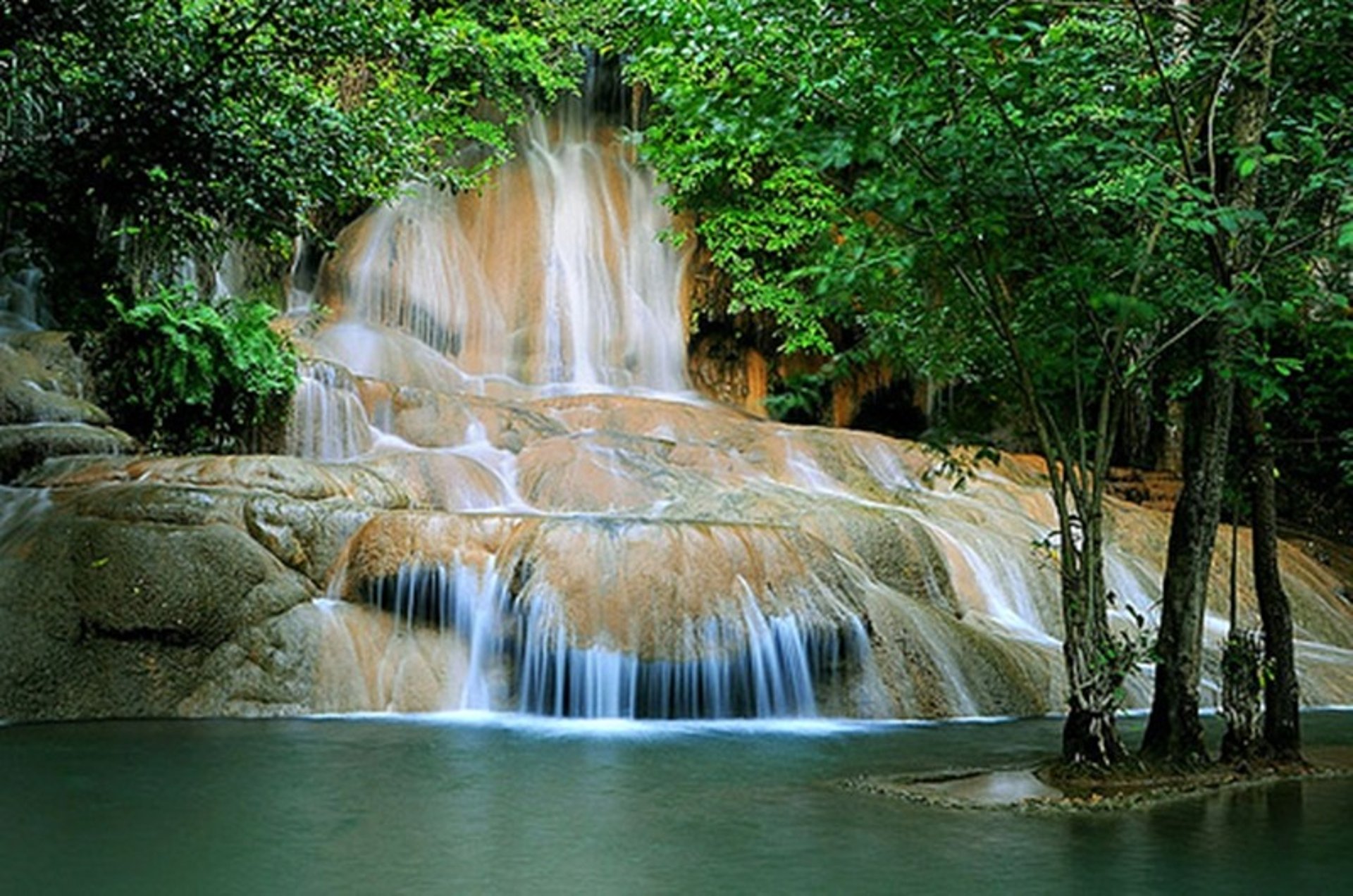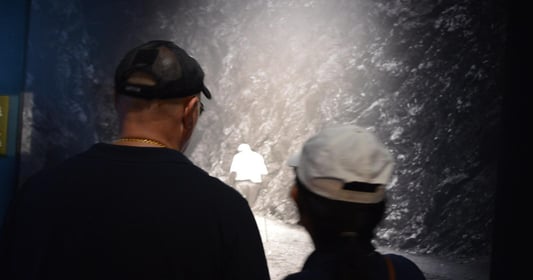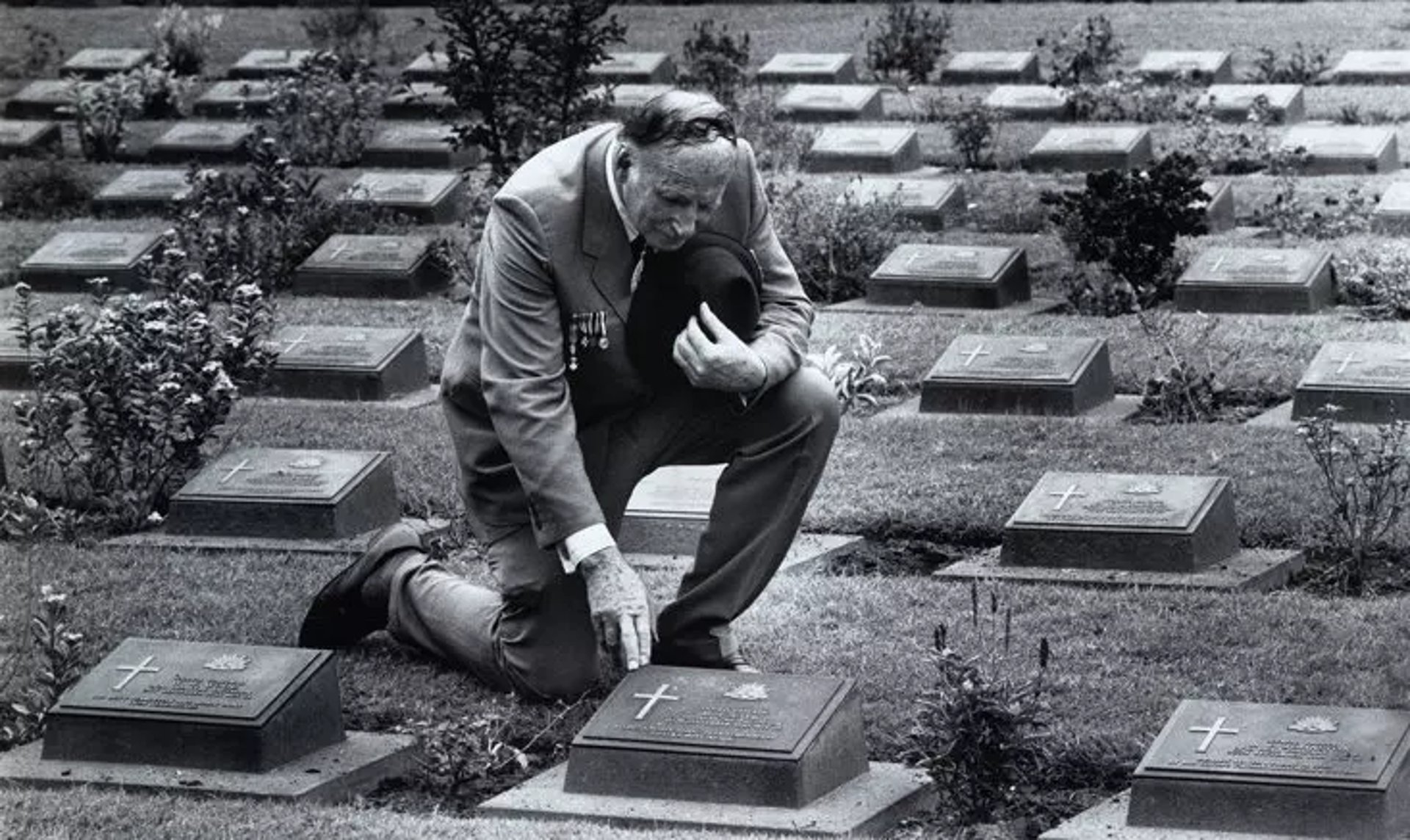
You didn’t come this far to stop
Exploring Sai Yok Noi Waterfall with St. Andrews Research Team
Episode 52: Exploring Sai Yok Noi Waterfall with St. Andrews Research Team
Join us in Episode 52 as the St. Andrews research team embarks on a journey to explore the breathtaking Sai Yok Noi Waterfall, also known as Khao Pang Waterfall. Located just 1.5 kilometers northwest of the Nam Tok Sai Yok Noi train station, this natural wonder holds both beauty and historical significance.
IN THEIR FOOTSTEPS BLOGDUNLOP RESEARCH - TRIP 2INSIGHTS
Toursofwar.com
5/9/20242 min read
Sai Yok Noi Waterfall
Accompanied by the soothing sound of cascading water, Sai Yok Noi Waterfall is a sight to behold. The team treks up to the top of the waterfall, where crystal-clear waters gracefully flow over limestone cliffs, surrounded by lush greenery. It's a serene and picturesque spot, perfect for a refreshing break.
Exploring the Parklands
Exploring the Parklands: As they walk up to the top of the waterfall, the landscape opens up into parklands, once the site of a POW camp during World War II. The team takes a moment to reflect on the area's history before continuing their exploration
History of the POW Camp:
It was a large camp consisting of a transit camp, work camp, and hospital camp.
There were three large cemeteries near the camp, including one for cholera victims.
Founded on January 24, 1943, the camp originally held 400 prisoners but was later enlarged to 800.
The camps closed in April 1944.
The hospital camp had a bad reputation and lacked medical supplies, leading to harsh conditions for the prisoners.
During World War II, a Japanese prisoner of war (POW) camp called Camp Tarsoa or Tarsau was located near the present-day Nam Tok Sai Yok Noi railway halt. Here are some key details about the POW camp:
Sai Yok Noi Waterfall
Location: Sai Yok District, Kanchanaburi Province, Thailand, along the route of the Death Railway.
Historical Significance: Known as Tarsoa or Tarsau during World War II, this site housed Japanese prisoner of war camps.
Population and Area: As of 2012, the town had a population of 3,675 and covered an area of 4.4 km².
How You Can Help
Donations and Sponsorships: We are seeking corporate sponsorships and donations to fund ongoing restoration projects and educational programs. Your support can make a significant difference in maintaining the quality and impact of the museum.
Volunteer Opportunities: If you have expertise or time to offer, consider volunteering with us. There are many ways to get involved, from artifact restoration to educational outreach.
Spreading the Word: Share this blog and our mission with your network. The more people who know about the JEATH War Museum and its significance, the greater the impact we can achieve together.
The St Andrews Research Team is dedicated to preserving the legacy of the Thai-Burma Railway and the memories of those who suffered. We need your support to continue our work. There are several ways you can help:
Join the Cause!
If you or someone you know is interested in supporting this cause, please get in touch.
This is a chance to be part of something truly meaningful and impactful.


Conclusion
Nam Tok Sai is not just the end of the line for the historic Death Railway; it's a hidden gem filled with history, natural beauty, and a sense of serenity. It's an ideal spot to reflect on the past, enjoy the present, and appreciate the resilience and legacy of those who built the railway under unimaginable circumstances. Join us next time as we continue to uncover the rich history and beautiful landscapes of Thailand.

Together, We Can Make a Difference!
This is a veteran-run project, and we need your help to make it happen. Stand with us in honoring the legacy of the POWs and ensuring their stories are never forgotten.
